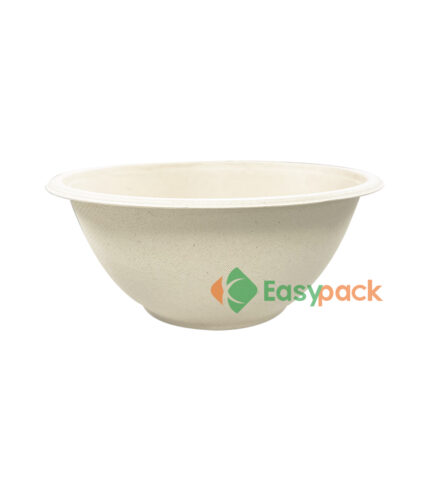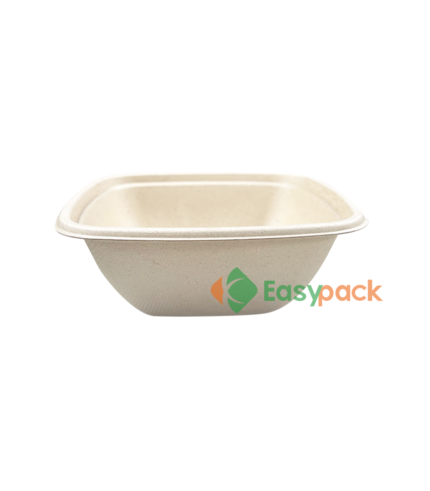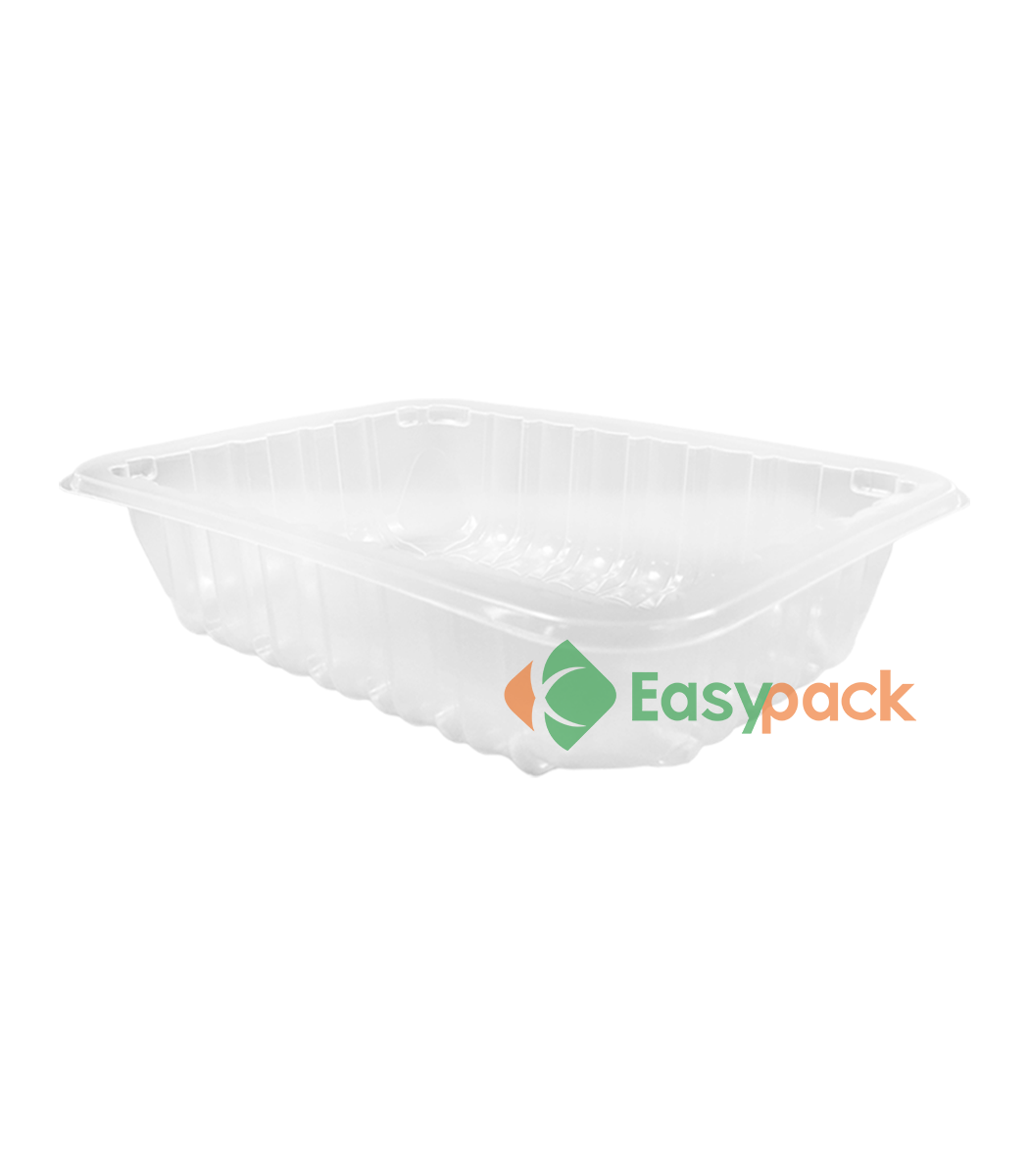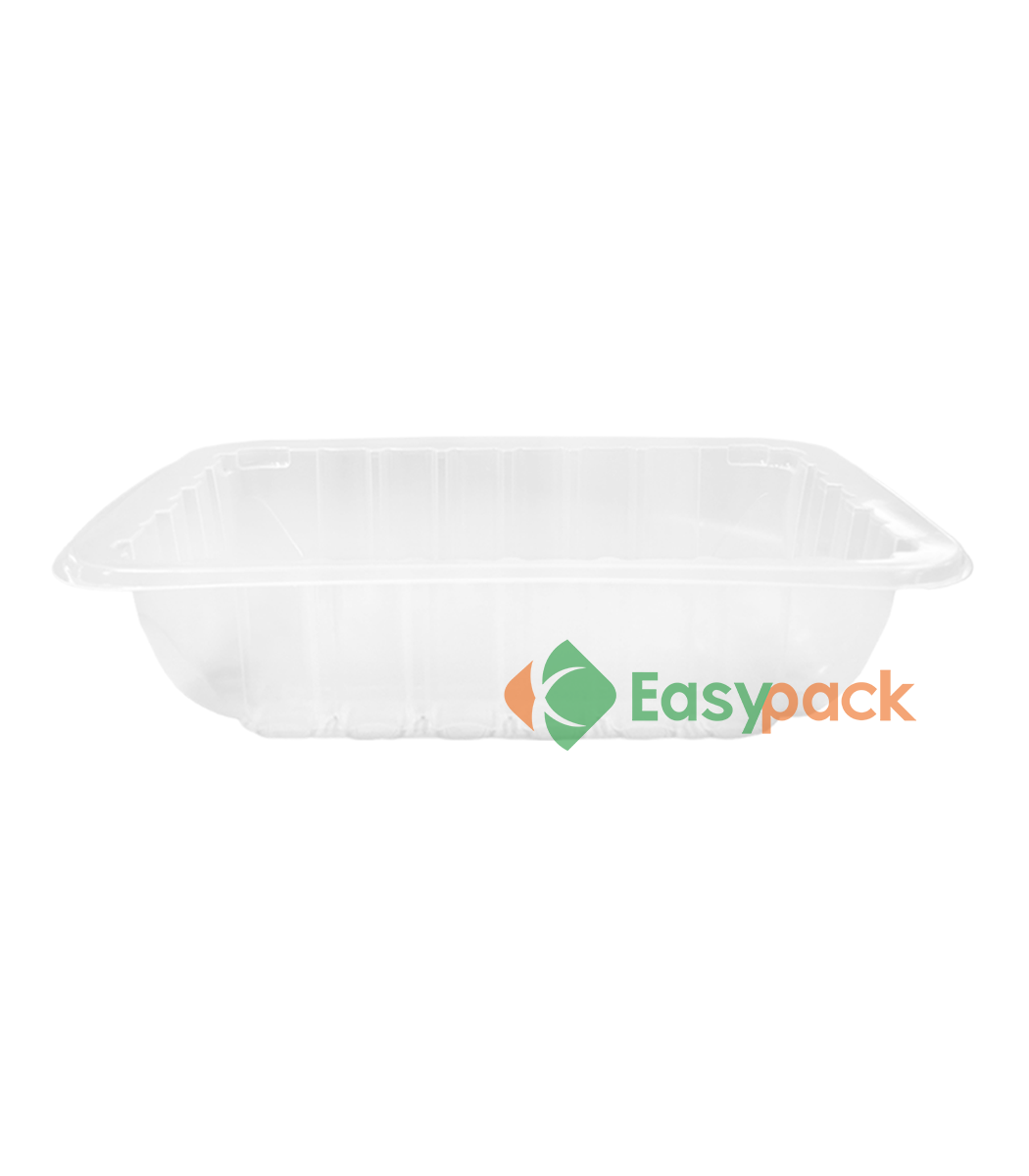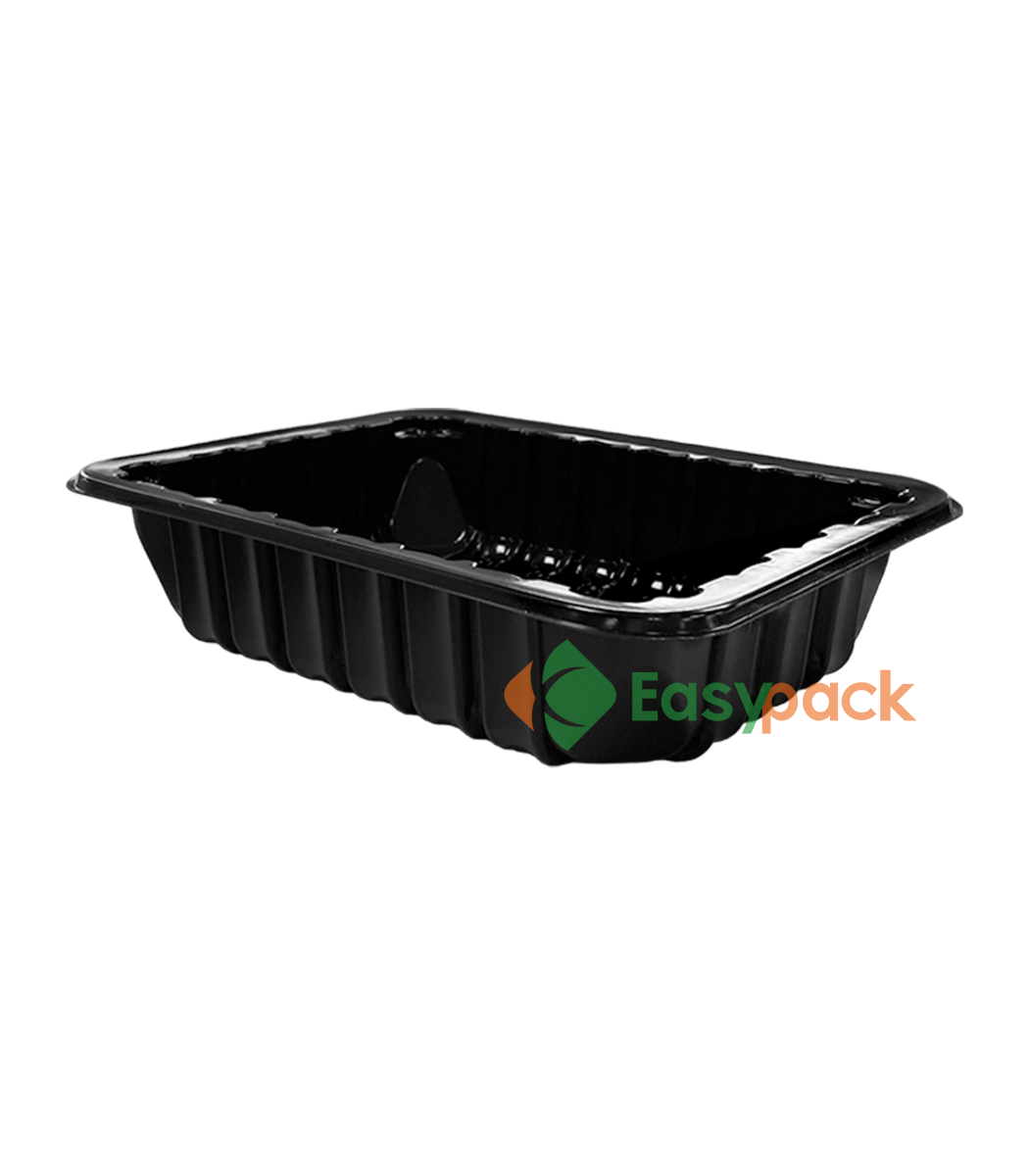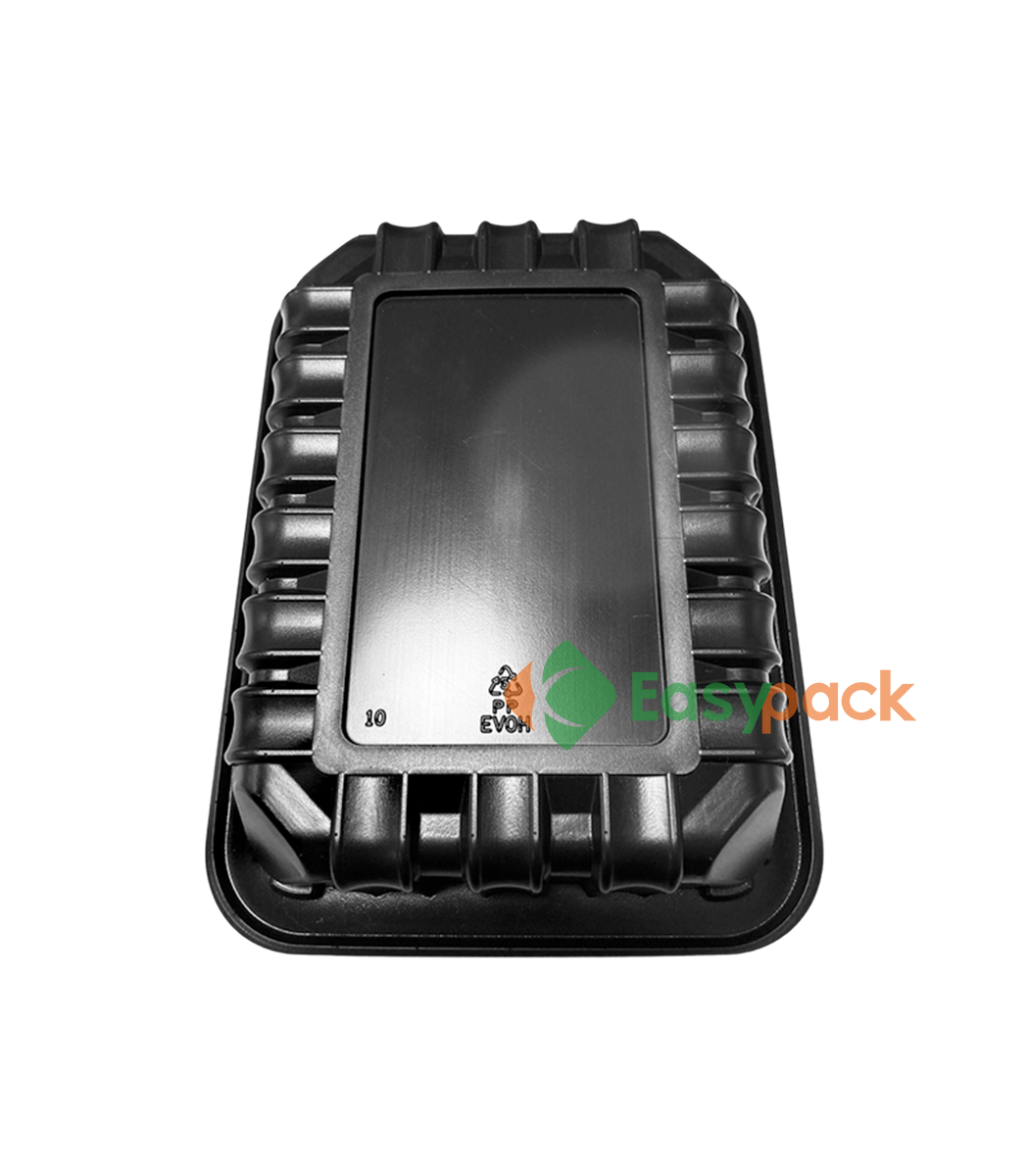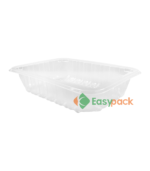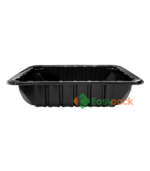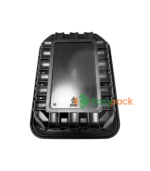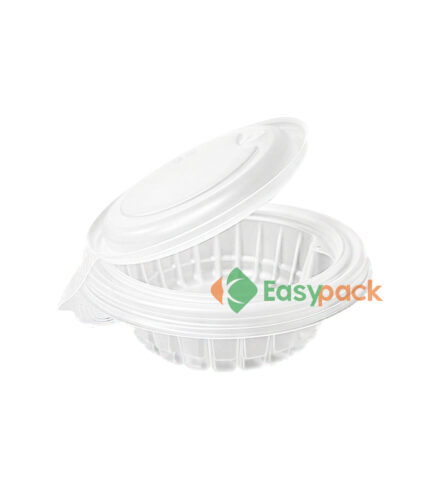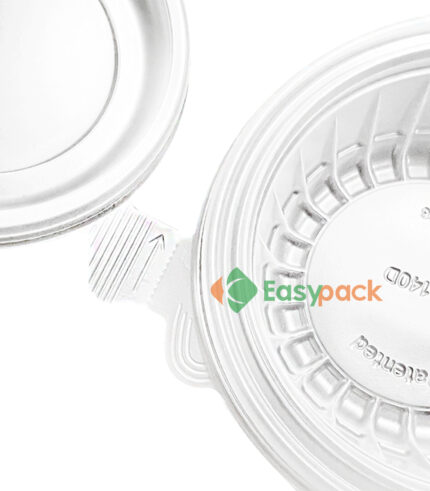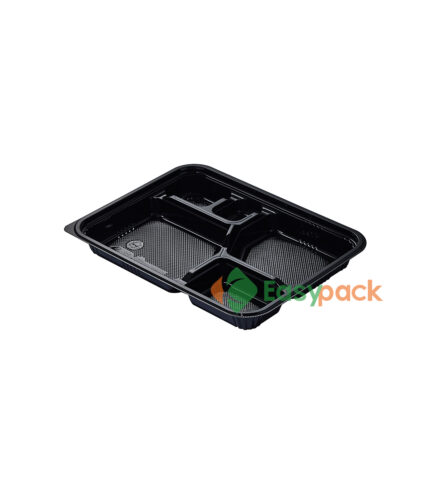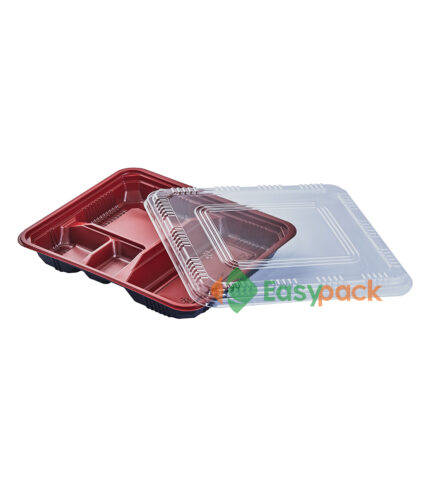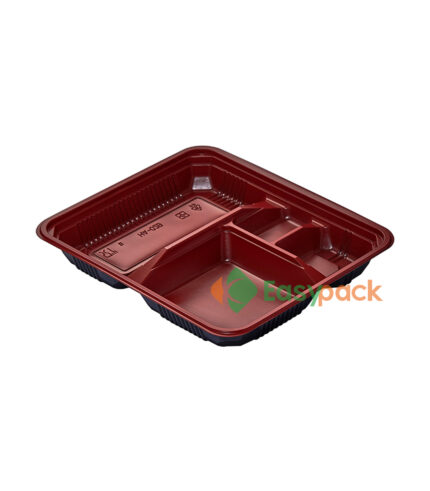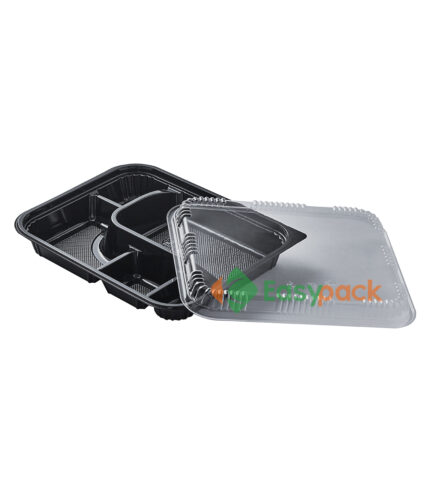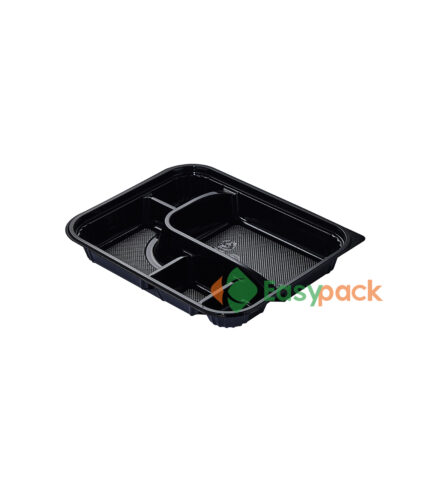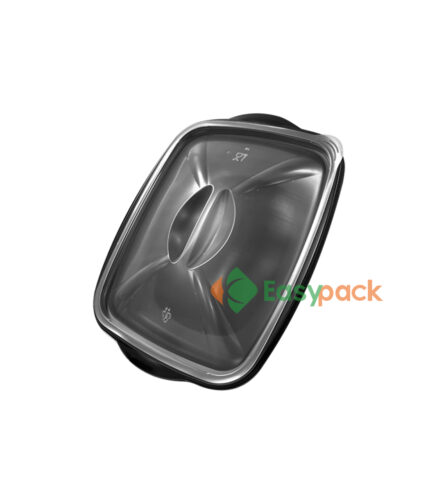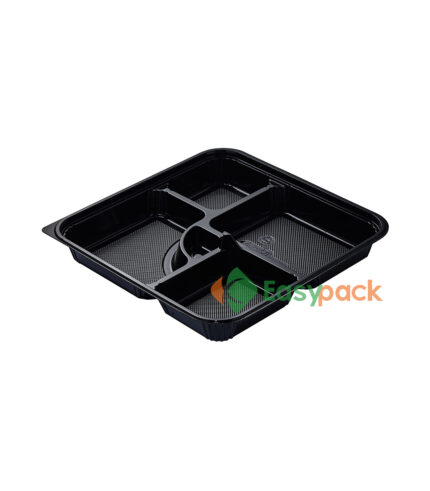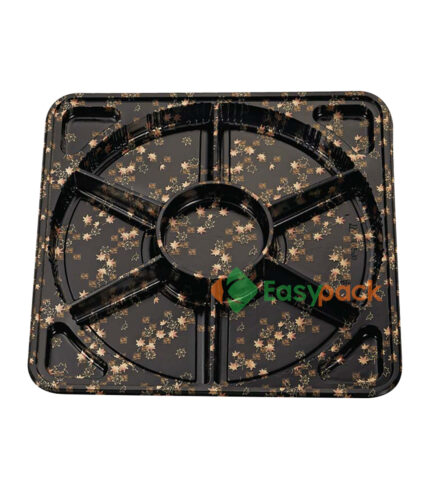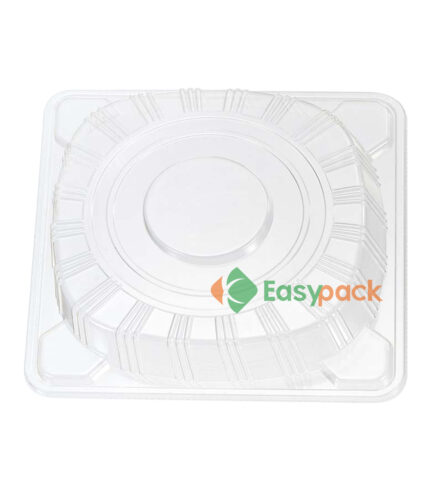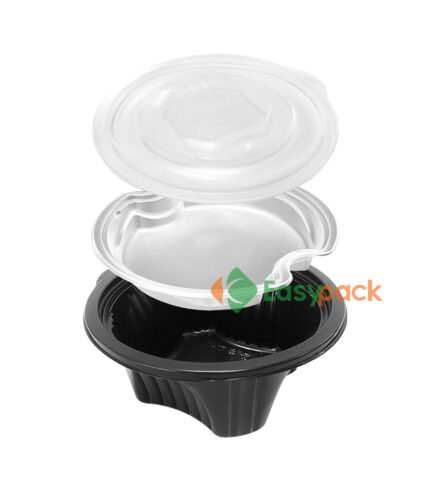Modified Atmosphere Packaging (MAP) is widely used in food packaging industries for its exceptional gas barrier properties. It prevents the ingress of oxygen, moisture, and other gases so that extend the shelf life and maintain freshness of food.
| Preservation of Freshness | Extend the shelf life of food to 7~14 days. |
| Gas Barrier | MAP possesses exceptional barrier properties against oxygen, carbon dioxide, and other gases. This helps to extend the shelf life of packaged food by preventing spoilage, oxidation, and the growth of aerobic microorganisms. |
| Microbial Growth Inhibition | The meagre oxygen inside MAP box limits the growth of spoilage bacteria, molds, and yeasts. This contributes to food safety and minimizes the risk of foodborne illnesses. |
| Gas Composition Control | MAP allows precise control over the mixture of gases within the package. Common gases used include nitrogen, carbon dioxide, and oxygen. The ratio of these gases can be adjusted to create an optimal environment for specific types of food products. |
| Odor Barrier | MAP also acts as a barrier against odors, ensuring that the aromas and flavors of the packaged food are preserved and do not interact with other products. |
| PP+EVOH | Multilayer packaging structures to enhance the overall performance of the packaging material. |
| Reducing Waste | MAP extends the shelf life of food, so consumers have a longer period of storage time and reduce food waste. |
| Usage | It can be applied to a wide range of food products, including meats, poultry, seafood, dairy, bakery items, and fresh produce. |
